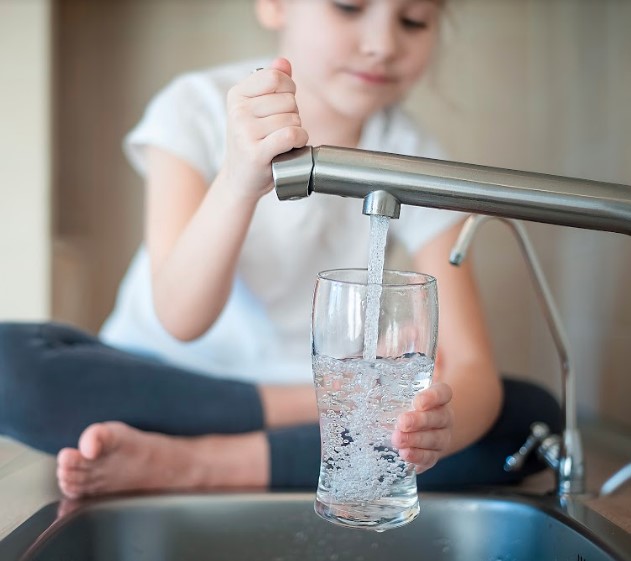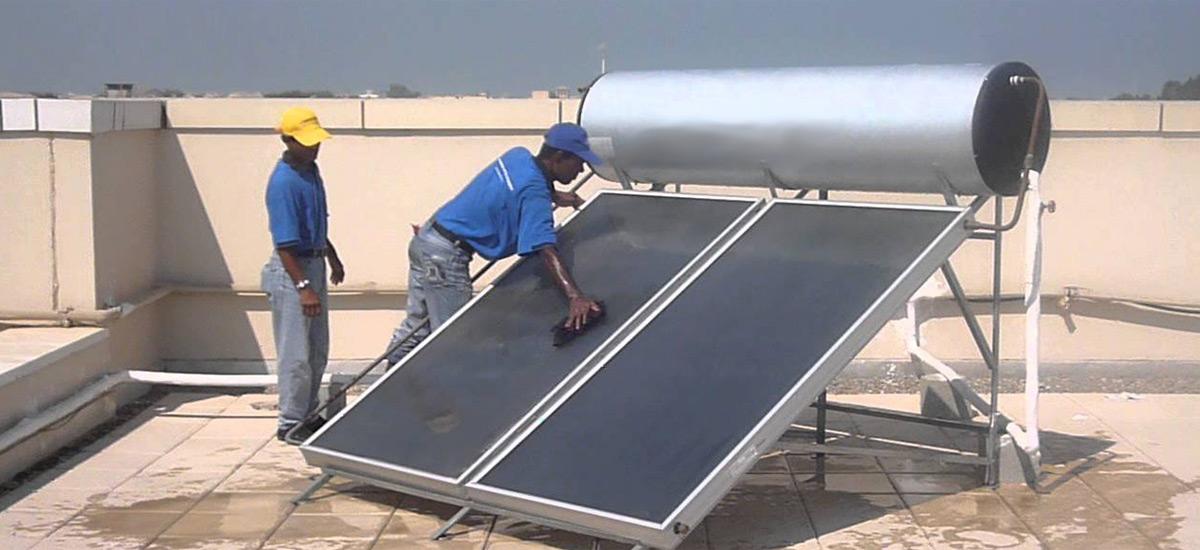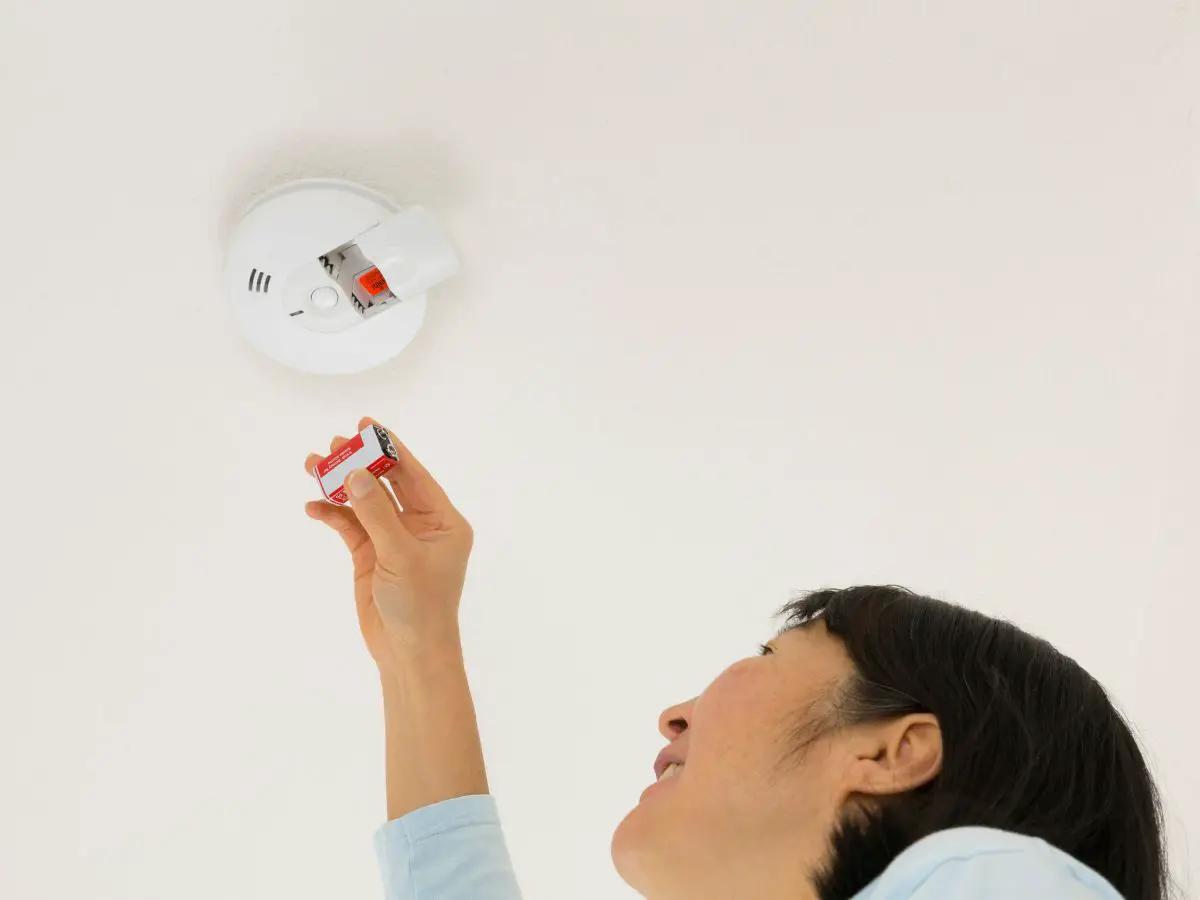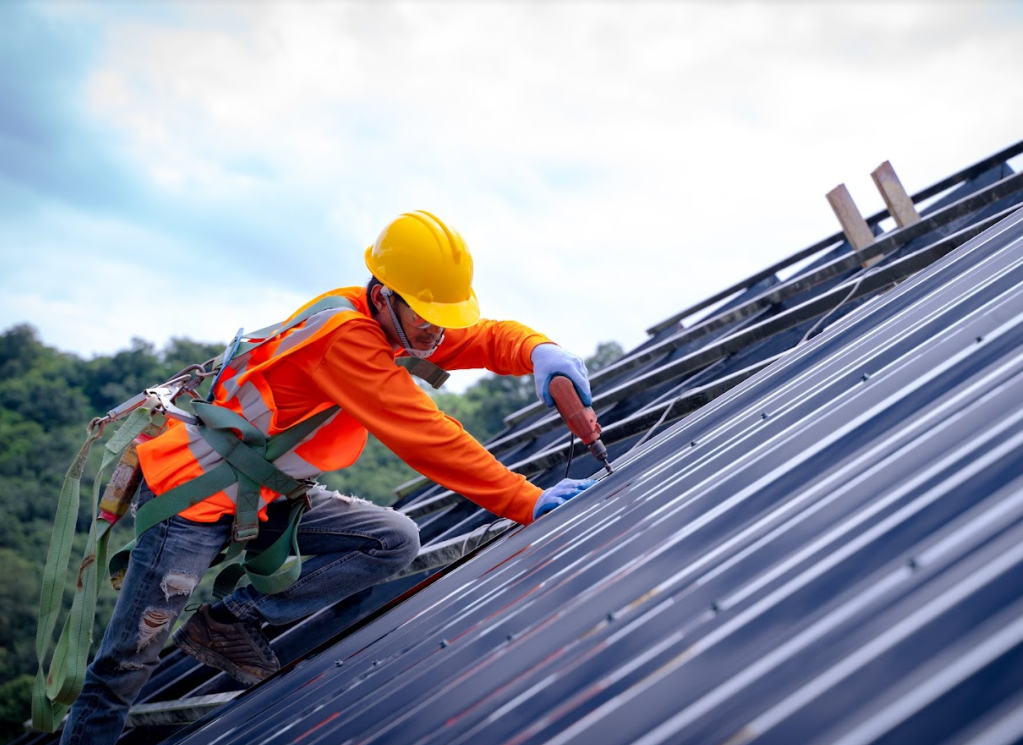Not all water systems have the same quality of water. This differs based on where you source your water and how it’s processed. Even if the whole filtering process is up to standard, a water issue could arise at the home’s pipe or in the city’s supply.
This is why everyone needs to do their best to ensure the water available is clean and safe. Thus, by removing the presence of toxins and bacteria in the water. To help you make sure the water you drink is safe, below are five tips and tricks you can use to check for yourself.
1. Filtering The Water
There are several water filters available in the market which offer different levels of protection. You can even find water filter sellers online like filtap.com.au. Depending on your needs, you may find one that fits you. However, make sure it provides ample protection for you, your family, or your business.
The amount of protection is the first factor you need to determine. You must also look at where to attach the filter. With different types of water filters, the cost and maintenance will vary as well. Here are some of the water filters you can choose:
Pour over filters
These types require you to pour water through the filter. Letting it slowly filter through using a set of filters patented to the manufacturer. Hence, it uses gravity in pushing filtered water into the system. However, the pour-over method is limited by their maximum usage and some will require you to purchase a new filter after a set amount of uses.
Faucet-mounted filter
With this type of filter, you have to screw it onto the faucet directly. It provides minimal installation. However, the size usually indicates limited filtration capabilities and lessened water pressure due to adding a filter at the tip.
Countertop filter
This filter only sits on top of tables and kitchen countertops. It uses the same method as pour-over filters. However, it’s much larger and can store large quantities of water at a time. Just pour the amount of water you need filtered through the top and wait for it to collect at the bottom.
Plumbed-in filter
As for this type of filter, you need to attach it to your plumbing system found under the kitchen sink. It filters large quantities of water quickly. The only downside is the cost of installation. Since it does involve maneuvering through the plumbing system, you’ll need to hire a plumber. However, if done right, the water pressure won’t suffer, and you will have ample water direct from your kitchen sink.
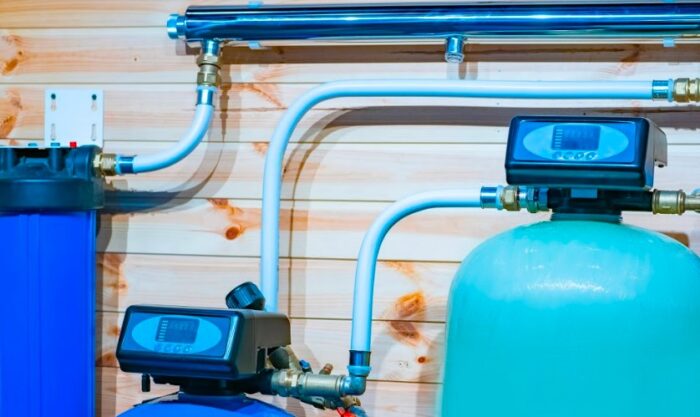
2. Checking With your Water Company
Although buying a water filter to ensure you have clean water is the best precaution, you can always contact your local water utility company.
Ask the companies for your drinking water’s current status and whether they have passed the annual water quality report. You can even find yearly or monthly reports from them on their website or directly from your water bill. Since all water utilities will be required to submit a report to ensure their water quality is up to the country or town’s standards.
3. Purifying The Water
Purifying the water yourself will be most common when you travel abroad. There are kits available where you can mix chemicals with tap water that kill bacteria and make it drinkable.
Even utilities that offer portable water use chemicals to ensure the water in the system is clear from contaminants and bacteria. However, the amount you need differs depending on the amount of water you need to purify. That’s why it’s best to use approved kits and products, and to read the instructions carefully.
If these products aren’t readily available, you can always use the sun. The sun has a natural cleaning effect as it uses ultraviolet rays to kill bacteria on any given surface. You can use pieces of glass or plastic to enhance the UV rays’ strength.
However, make sure you remove any large particles using a clean cloth. Furthermore, this method will take time. Avoid redoing the process by making sure the water purified is isolated and placed in a clean container. Thus, avoiding cross-contamination before, during, and after the filtration.
It typically takes 6 hours or more for the sun to clean lightly filtered water if using light at the peak hours of the day. This will vary depending on the season and what country or region you are in.
4. Boiling Water
One of the simplest solutions is boiling the water as you can use this as long as fire or electricity are available. It kills any diseases in the water.
It’s a simple matter of bringing it to a boil and maintaining that boil for at least three minutes. This ensures the water is safe to drink.
However, if your water is murky or cloudy, filter it as best you can using a clean cloth, paper, or even a coffee filter. If simple filtration material is unavailable, allow the cloudy water to settle, then pour out the clear portions before boiling.
After boiling, it’s best to let it cool down before drinking. This also ensures that bacteria and contaminants have been properly removed from the water.
5. Looking Out For The Signs Of Contaminated Water
Aside from the above four methods, you must listen to the water’s story. You’ll notice this by the smell, taste, or look of the water. Don’t ignore what it’s trying to tell you. If the water doesn’t look right, there’s a good chance it’s not right.
Depending on the color of the water, it could be contaminated with harmful chemicals. For example, yellow-colored water is a clear sign of chromium-6. This chemical is a proven cause of cancer.
However, the utility company could be simply flushing out contaminants. Check local postings to ensure that this isn’t a regular occurrence. If the suspect water color doesn’t subside, report it to the authorities.
Conclusion
Multiple factors can affect your current water supply. It could be the result of a natural disaster or damaged filtration systems in the water plant. Whatever the reason, it’s always good to be prepared in the event of this happening.
Now you know to make sure the water you’re drinking is safe. Don’t settle for less than what your body needs. The moment you notice something is wrong with the water system, don’t ignore the signs. Call the proper authorities.
In the meantime, invest in the right equipment. It may cost money now, but preventing future ailments is worth the time and money you invested. Don’t wait until it’s too late.
